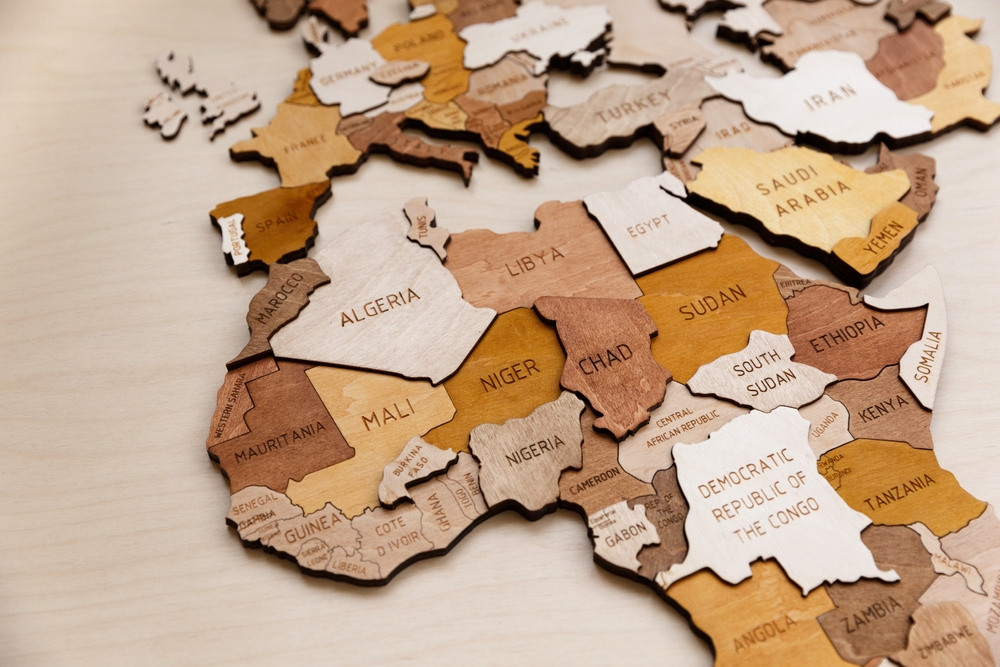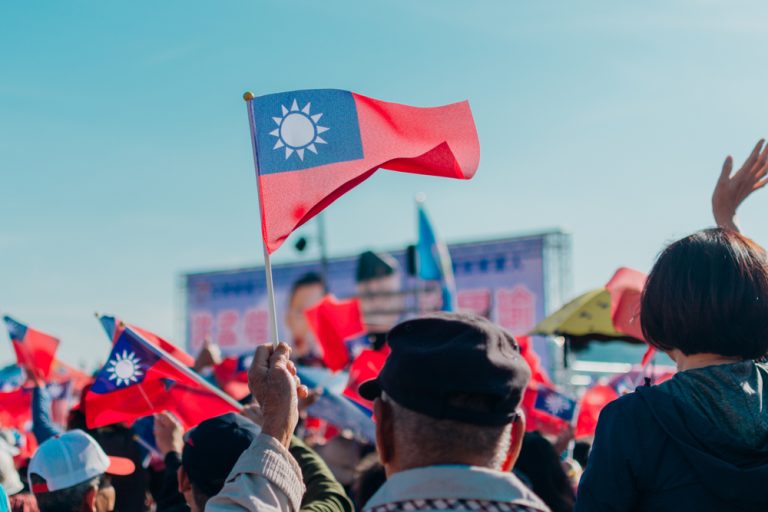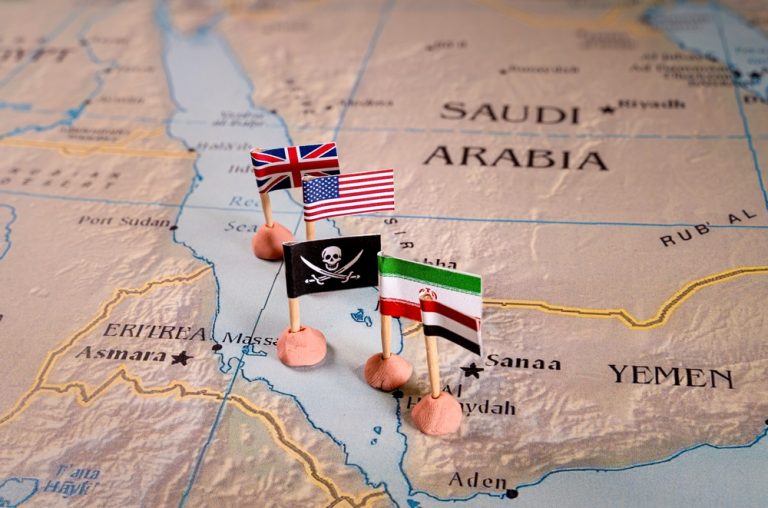
How France’s nuclear power industry is doing amid the coup in “uranium” Niger
The nuclear energy revolution that swept the world in the 1950s was fully realized in France, whose leadership decided that nuclear power plants could replace all other types of power plants. This policy, which was actively implemented until the 2000s, led to the fact that 70.6% of electricity in the country was produced with the help of nuclear reactors, which by 2023 there were 57 units in 19 power plants. Only the United States has more of them, but there the total share of nuclear energy in consumption does not exceed 20%, which fundamentally distinguishes the American situation from the French one. In such conditions, the nuclear power industry became strategically important, and in addition to generating electricity EDF, it included Framatome, a company that operates nuclear power plants, and Orano, a company that mines and processes uranium. Having such a technological giant was a competitive advantage for France, but due to the dependence of the energy consumption and production system on a single type of energy, there was always the threat that any difficulties could lead it to a real collapse. And if the 2010s were more reason to be proud of the country’s nuclear superiority, and it was on its territory that the world’s first experimental fusion reactor in Saint Paul lez Durance began to be built, the 2020s became a time of real tests.
The first blow came to the core company of the “nuclear trio”, EDF, whose financial situation had been a source of concern since the mid-2000s. While 2021 ended well for EDF thanks to astronomical market prices for electricity, which allowed the company to make large profits from electricity sales, 2022 brought it an unpleasant “surprise”. This happened not only because of low market prices, but also because the French state forced formally private EDF to sell electricity at fixed prices to its own competitors in order to ensure the stability of tariffs and prices in France and to maintain political calm. Under such conditions, with costs of about €8.4 billion, the company could earn only €7.7 billion in 2022, based on its strange pricing strategy, which led to the collapse of its stock price, and some experts estimated the “hole” in the financial statements at €8 billion. Against this background, according to its own statements, the company “needed an urgent injection of funds”, which meant that EDF was on the edge of the abyss. The company’s problem was that the structure of its nuclear power plants was in a deplorable state, requiring large investments for repairs and modernization. Since the end of 2021, the four largest 1450 MW reactors (at Chooz and Civaux nuclear power plants) have been shut down due to the discovery of a water circuit protector in a pipe. More seriously, the same technical problem was discovered at the 1,300 MW reactor at Penly, threatening shutdowns and inspections at 20 of the same reactors across France, and therefore an even bigger disaster for the company.

As a direct consequence of this incident, EDF was forced to lower its nuclear power generation forecast for 2022. The company is now targeting a level of 300 to 330 TW, a far cry from the historic 2011 level of 421.1 TW. Obviously, less production meant fewer sales as well, driving the company into even more deadlock. Financial problems first appeared in 2005, when EDF started taking €1.5-€3 billion a year in loans to pay its shareholders, and its biggest beneficiary was the state with 85% of shares, which only abandoned this paradoxical procedure in 2016. In addition, EDF was not properly managed and the company lost tens of billions of euros on operations to acquire assets abroad, often unnecessary and excessively expensive. For example, in 1998, when the last nuclear power plant was completed, this debt was only €22 billion, but in 2020, in the absence of major infrastructure projects, it reached €61 billion, and by the early 2020s, because of this, spending exceeded the company’s revenue by 30-35%. Since the mid-2010s, the operational and financial performance of nuclear power plants has continued to deteriorate, and while nuclear production covered about 75% of the country’s electricity consumption at the beginning of this decade, this figure has fallen to 71% in 2020, with many of the company’s reactors idling for up to 90 days a year. There are also problems with the construction of the new reactor at Flamanville NPP, the costs of which have risen to almost €13 billion, and the opening has not taken place until now, although it was planned for 2022 or 2023. Not surprisingly, EDF is unable to build new reactors with its massive debts of over €60 billion, but all this has led to the fact that most of the existing reactors have been in operation for over 40 years. It was obvious that unless there were massive government subsidies from the outside, EDF would not only fail to modernize old nuclear power plants, but would simply go bankrupt.
This process came to a head in October 2022, and the state bought back the 16% of EDF’s shares it did not already own, making the company fully state-owned public. In effect, historical justice was restored because for most of its history, EDF had been fully state-owned since the nationalization of the regional electricity companies in 1946. This was the bottom line of the company’s financial crisis, because it was in 2022 that record losses of nearly €20 billion were recorded. Against the backdrop of record total debt obligations, EDF was in danger of losing its ability to finance itself, and the state could not help but rescue this strategic industry. An additional factor was the fact that against the backdrop of the war in Ukraine, electricity prices broke all records and promised to bring serious profits to the state through the management of EDF. At the same time, a system of subsidies remained in place, where the company is obliged to buy electricity on the market at a high price in order to resell it at a very low price agreed by the state. But the new nationalization of EDF also has strategic significance. France was on the eve of starting the construction of 8 new power plants with modern reactors, which is Emmanuel Macron’s personal project to modernize the country and strengthen the country’s position in the global technological competition. Investments in them amount to tens of billions of euros, and such global projects can be managed in the long term only by the state with its financial capacity. In this context, the ideological reasons are also important, which boil down to the fact that the world has changed and has become less liberal and more authoritarian. Authoritarianism is characterized by state ownership, direct regulation and mercantilism, which would set prices for the consumer and avoid shortages. In times of crisis, the market does not work well, and this has been shown by the crazy electricity prices that persist across France even now that the peak of the crisis caused by the events in Ukraine has passed.
Framatome, 75.5% of shares in which EDF owned, was also experiencing a crisis. The company, which designed and manufactured equipment for nuclear power plants, had not built any NPPs in France or elsewhere for many years, except for the already mentioned Flamanville NPP reactor 3. The advanced industry, which the country was proud of, looked backward against the background of international orders from Russia’s Rosatom, America’s Westinghouse, and even Korea’s Korea Hydro & Nuclear Power (KHNP). The prospects for the construction of two new nuclear power plants in Poland, which was to begin in 2028-2030, seemed like a chance for the company, and the fact that it was the first EU country to decide to build such a power plant in many years betrayed optimism. Poland signed a contract with Westinghouse to build 6 reactors with a capacity of 6.7 GW, which will cost about $34 billion. A letter of intent was also signed with South Korea’s KHNP for the construction of 6 reactors with a capacity of 8.4 GW, which will cost about $28 billion. At the same time, the Korean side is discussing the issue of partial financing of the project from its own funds, which may amount to 50%, as well as the obligation to build a nuclear fuel fabrication plant in Poland, transfer some nuclear technologies to the Poles, and independently train Polish personnel. At the same time, it was Framatome, which proposed to build 6 reactors with a capacity of up to 9.9 GW for $50 billion, that was rejected. There are several reasons for this development. At the moment, Poland’s budget cannot invest more than $10 billion in the NPP construction project, which is less than the cost of even the cheapest Korean project with its co-financing, and the French proposal is not competitive. But this decision also had political aspects, because the conservatives from the Law and Justice Party in power in Poland hated the EU, and Framatome became a victim of this hatred. The choice of the more expensive American Westinghouse project, which does not involve co-financing and staff training, was in turn due to the strong friendship between Warsaw and Washington. In all likelihood, as Poland’s new prime minister is the liberal Donald Tusk, discussions of nuclear power plant construction and EDF will continue, but even with the success of this project, Framatome’s activity abroad looks weak, and the company can only hope for the French market and plans to build new nuclear power plants at home.

In 2023, problems arose at Orano, which was previously the most successful EDF division, showing good and stable financial results. De facto Orano has recently also becomes a state-owned company, and the French treasury owned directly or indirectly 85.5% of this corporation. As of 2022, Orano is the second largest uranium producer in the world with an 11% share of global uranium production. Orano operates uranium production and mining sites in Canada, Kazakhstan and Niger, with mothballed plants in Namibia and Gabon, and is developing uranium deposits in Mongolia. But the company’s most important division was Niger, where, with monopoly rights under Françafrique, the company operated two mines near Arlit in the north of the country and also developed the Imouraren project, located 80 kilometers from the same Arlit. Later, the uranium was partly processed at a plant in Niger and partly sent to facilities in France itself, where its own raw materials have not been mined at all for some time. If we take into account just the purchases through the EDF-Orano line, excluding external suppliers, up to 35-40% of uranium was of Nigerian origin. The change of power in Niger last summer caught the French by surprise: they will now either be deprived of uranium for their nuclear power plants from that country or will pay a much higher price for it, which will be set for them by the new government of the country. Electricity prices have recently started to rise again, and amid possible disruptions in uranium supplies, the population was expecting the worst. Despite the difficult situation, the worst scenario was avoided, because EDF has recently formed a diverse and diversified structure of nuclear raw materials procurement. Thus, over the sixteen-year period from 2005 to 2020, almost three quarters of the 138,230 tons of natural uranium imported into France came from four countries, which included Kazakhstan with 27,748 tons (20.1%), Australia with 25,804 tons (18.7%), Niger with 24,787 tons (17.9%) and Uzbekistan with 22,197 tons (16.1%). Although these figures are more indicative of Orano’s uranium enrichment pattern than of its consumption for France’s nuclear power plant, they make it clear that Niger’s share in the process, while important, is not critical. Still, 25% of the uranium enriched by the company came from the Arlita mine, and this could be a significant loss for EDF.
From nuclear power plants comes 70% of French electricity consumption, making the nuclear issue not only an economic and environmental issue, but also a political one. Thus, at the presentation of the France 2030 investment plan, the country’s president indicated that he wanted to “reinvent nuclear power”. For this purpose, Emmanuel Macron announced the development of small modular reactors (SMR), and a sum of one billion euros will be allocated for this purpose. The global project aims to “guarantee France’s energy independence” and to “guarantee our country’s electricity supply and achieve our goals, in particular carbon neutrality by 2050”, as Macron put it. Marine Le Pen, who has criticized the president for wanting to close the Fessenheim nuclear power plant, considers the development of nuclear power plants even more important, and they want to transfer to the nuclear sector all the funding that is now directed to wind, solar and other renewable energy sources. Moreover, all conventional right-wing politicians including Macron, Le Pen and Zemmour plan to have at least 6-8 new reactors up and running by 2030. Only leftists and environmentalists such as Yannick Jadot or Jean-Luc Melenchon are maniacally opposed to nuclear power plants, but even the more moderate communists led by Fabien Roussel consider the development of nuclear power to be fundamental and inevitable for the country. And there is a big plus in this, because returning against the backdrop of increased global competition is unimaginable without modern technologies such as nuclear power. And this is a great reason for the French not to move into a “green future”, which has long ceased to be bright, but to fight to preserve the status of a great country, which is drifting away from the majority of European countries.

